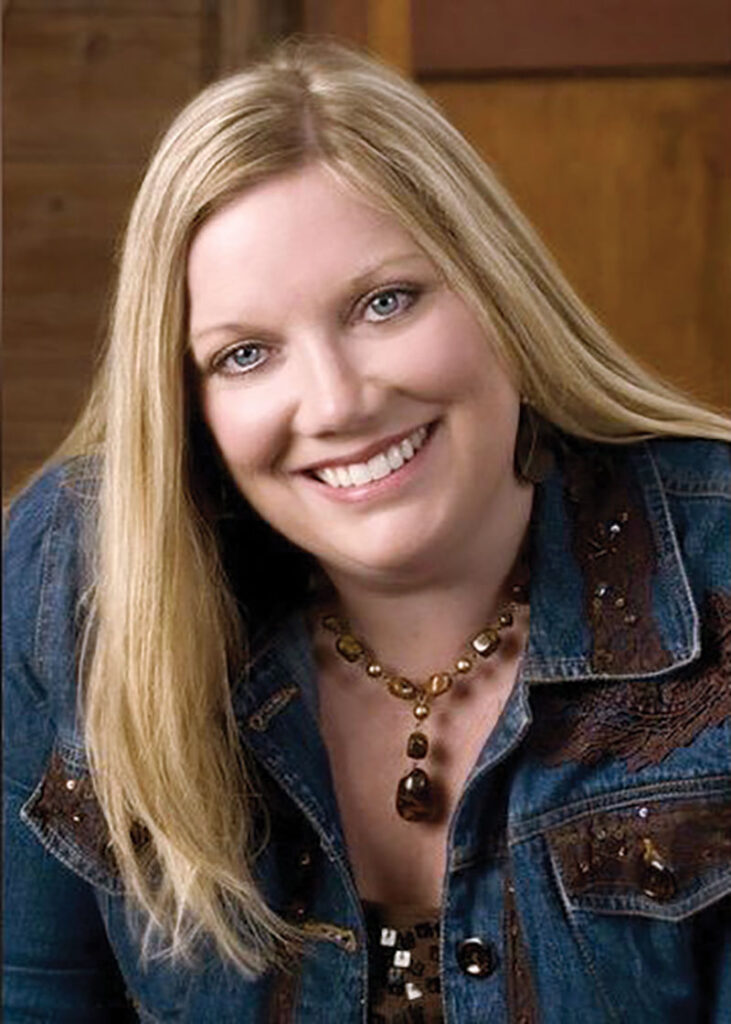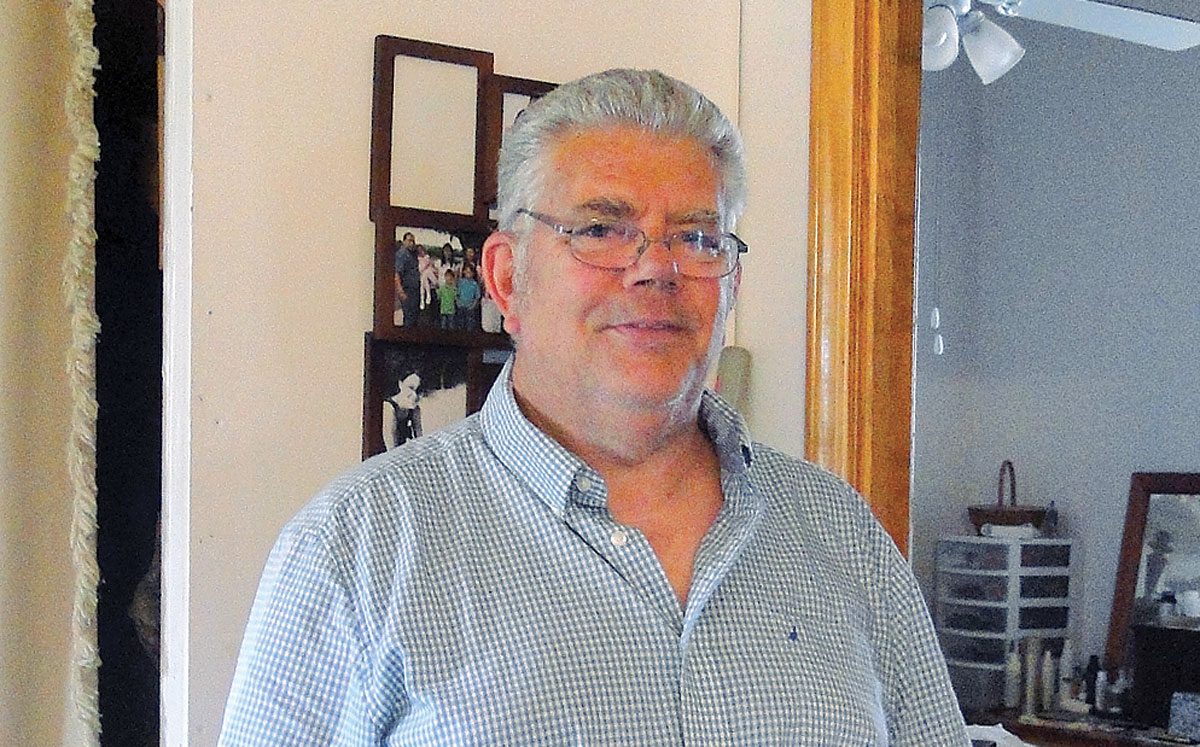
• Hometown: Grove, Okla.
• Family: husband Steve, and daughters Hayley (20) and Hannah (18)
In Town: Renae Dozier joined Grove (Oklahoma) Public Schools on July 1, 1996 as an ag instructor.
After four years, she was asked to teach/direct the alternative school program. Since then she’s served as an assistant high school principal, high school principal and now, as of July 1, she is the district’s assistant superintendent.
Renae, a Siloam Springs, Ark., native, said while it sounds cliche, she saw every career move as a way to help students and make a bigger impact in their lives.
Initially, Renae planned to go to vet school. A chance to teach older students while herself a student at Northeastern Oklahoma A&M, changed her career path towards ag education. She graduated as the outstanding ag education student in 1996, at a time being a female ag instructor was rare.
Now, 25 years later, she is watching as daughter Hannah starts classes at NEO with the goal of becoming an ag instructor.
Renae said she’s glad then-superintendent Tom Steen and high school principal Rodney Dillinger took a chance and opened the door to become part of the Grove district. She hopes Hannah’s path to ag education is a bit easier as females are more accepted in this role.
In the Country: The Doziers run a 50-head commercial cattle operation on an 80-acre spread northeast of Grove. Cows are bred to low-birth weight bulls, allowing for calving to take place unassisted. Commercial cattle are raised on the pasture, with hay (which the family grows on leased acreage) and feed additives during the winter months.
The farm also includes “a few chickens, turkeys, goats and a miniature donkey” as well as Hannah’s purebred Shorthorn operation, which began as her 4-H and FFA show cattle string, and has grown into a small business. Hannah’s first calf, sold to become a younger student’s show calf, left the farm earlier this summer.
Dozier Farms includes a direct-to-consumer meat operation. The family feeds out steers on a yearly rotation using grain and hay, allowing for animals to be butchered every six months.







